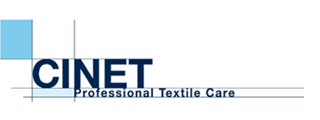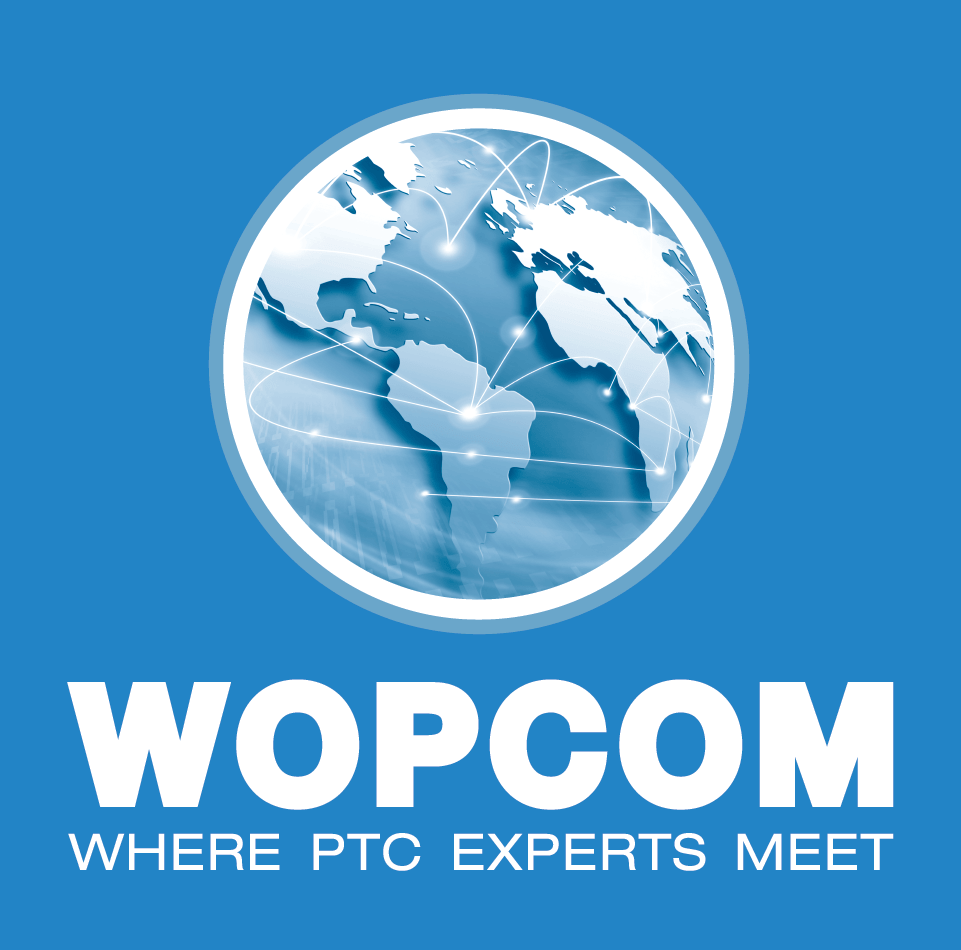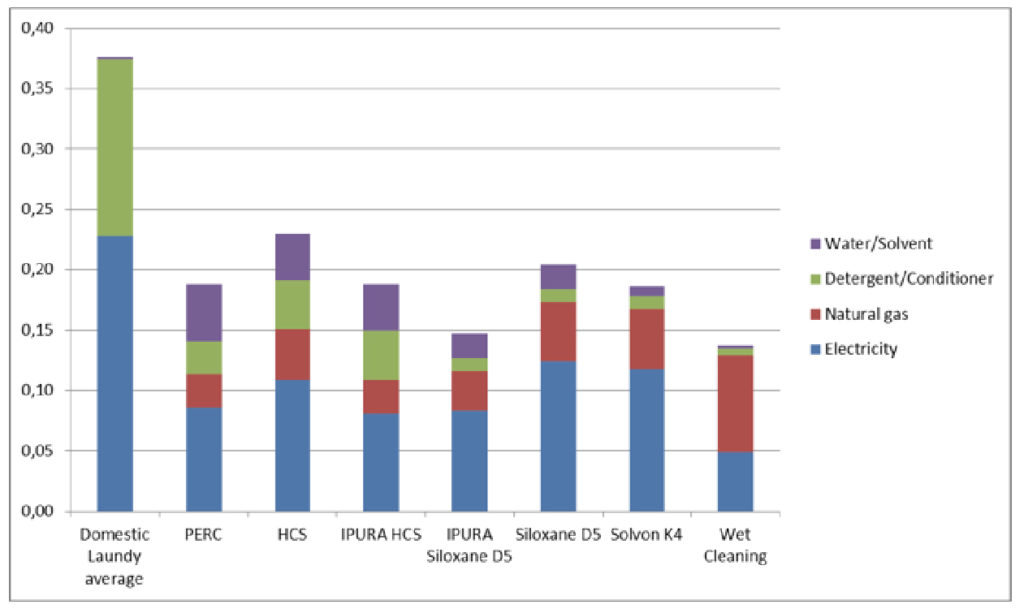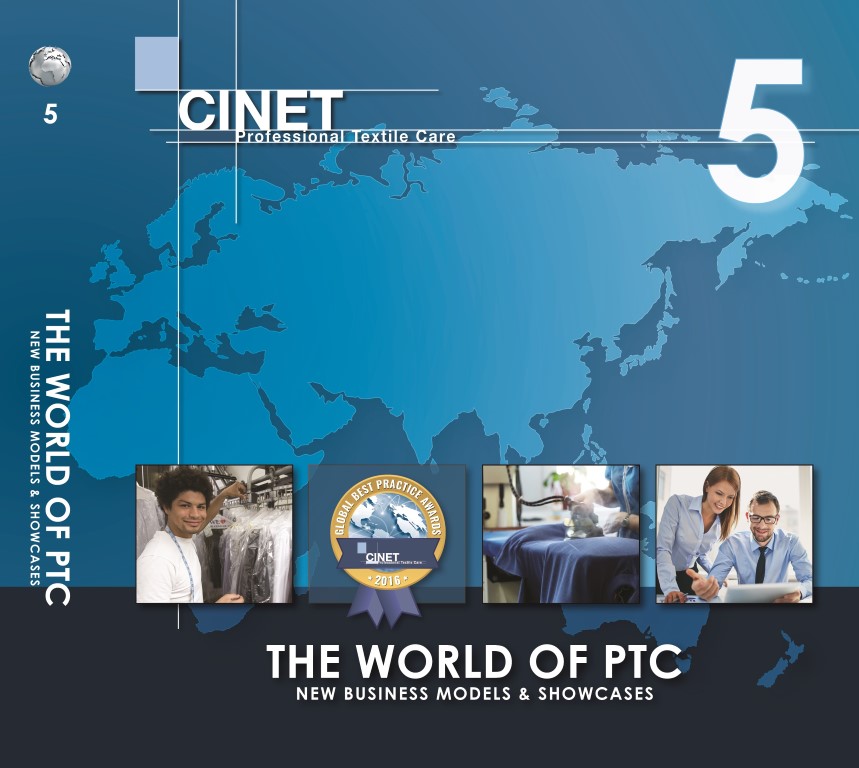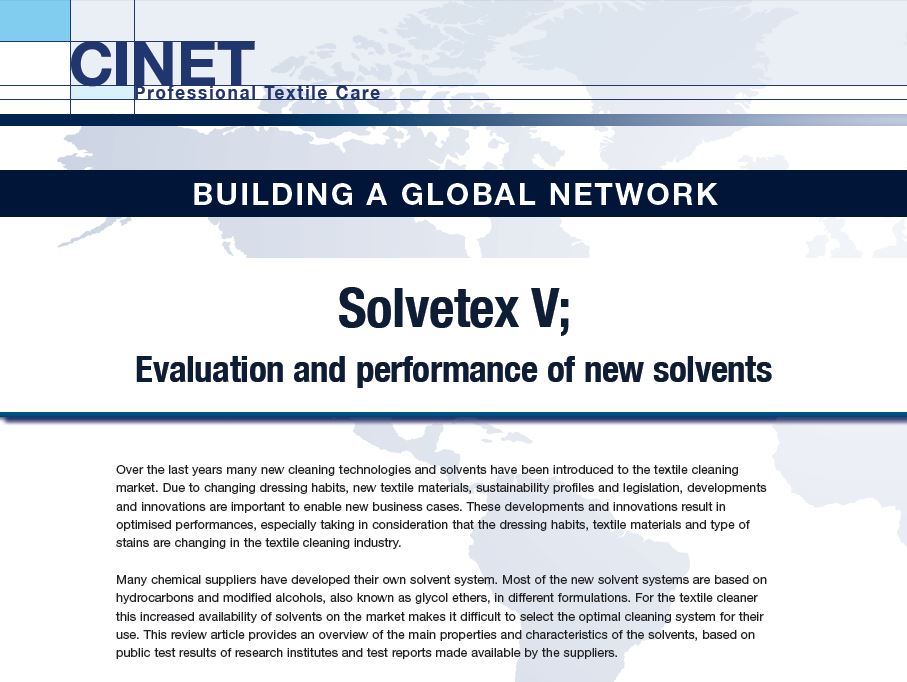(TC) Technical
Release of synthetic microplastic plastic fibres from domestic washing machines: Effects of fabric type and washing conditions
Imogen E. Napper*, Richard C. Thompson Marine Biology and Ecology Research Centre (MBERC), School of Marine Science and Engineering, Plymouth University, Drake Circus, Plymouth, Devon, PL4 8AA, England Abstract Washing clothes made from synthetic materials has been identified as a potentially important source of microscopic fibres to the environment. This study examined the release…
Read MoreEmissions of microplastic fibers from microfiber fleece during domestic washing
U. Pirc1 & M. Vidmar1 & A. Mozer1 & A. Kržan2 1č, Tržaška 72, Ljubljana, Slovenia Gimnazija Vi 2National Institute of Chemistry, Laboratory for Polymer Chemistry and Technology, Hajdrihova 19, Ljubljana, Slovenia Received: 25 June 2016 /Accepted: 12 September 2016 /Published online: 22 September 2016 © The Author(s) 2016. This article is published with…
Read MoreInnovations & New Technologies
Innovations at Texcare International 1 CINET: International Research & Technology Program CINET is actively stimulating innovation and supporting exchange of knowledge by performing research and dissemination activities with an international focus, underlining the added value of international cooperation. Therefore this International Research & Technology Program is set up, defining the topics and priorities.…
Read MoreAntimicrobial Efficacy of Laundry Detergents with Regard to Time and Temperature in Domestic Washing Machines
In times of low-temperature washing, laundry hygiene gains importance, as microbial contaminations on textiles can cause infection transmission and malodour formation. This study systematically investigated the antimicrobial effect of laundry detergents (solid and liquid market detergents) with regard to time and temperature in domestic washing machines. To evaluate the microbial reduction, cotton swatches contaminated with…
Read MoreINFLUENCE OF DRY CLEANING ON THE ELECTRICAL RESISTANCE OF SCREEN PRINTED CONDUCTORS ON TEXTILES
Ilda Kazani1,2, Gilbert De Mey3, R. Klepacko3,4, Carla Hertleer1, Genti Guxho2, Lieva Van Langenhove1, A Napieralski4 1Department of Textiles Ghent University, Technologiepark 907, 9052 Zwijnaarde, Belgium Carla.Hertleer@UGent.be; Lieva.Vanlangenhove@UGent.be 2Polytechnic University of Tirana, Department of Textile and Fashion, Square ‘Mother Teresa´, No.4, Tirana, Albania ikazani@fim.edu.al; gguxho@fim.edu.al 3Department of Electronics and Information Systems, Ghent University, Sint Pietersnieuwstraat…
Read MoreCINET study: Energy consumption of industrial laundry is up to 3 times lower than domestic laundering process
In the development of new processes and equipment, productivity and energy efficiency is the key issue. This is logical because labour and energy are the main cost drivers for an industrial laundry. Productivity refers to the produced items in a certain timeframe and the effort needed for that production. A large volume is beneficial for…
Read MoreEnabling technologies for innovative textile cleaning
Daily life is taking place in an online world. Communication by face-to-face contact is negligible compared to the communication by phone, e-mail and social networks. These online communications are also getting more and more important for industries. Online ordering, billing and delivering are already becoming common habits. In the future sophisticated technologies and innovative concepts…
Read MoreWorld of PTC Volume V ‘New Business Models & Showcases’
The new book in The World of PTC series: Volume V: ‘New Business Models & Showcases’ will be about today’s and future market perspectives in PTC and will include 100 successful showcases of companies in the textile cleaning industry worldwide. This book was introduced at the Texcare International conference in Frankfurt, Germany. Contents at a glance:…
Read MoreSolvetex V; Evaluation and performance of new solvents
Over the last years many new cleaning technologies and solvents have been introduced to the textile cleaning market. Due to changing dressing habits, new textile materials, sustainability profiles and legislation, developments and innovations are important to enable new business cases. These developments and innovations result in optimised performances, especially taking in consideration that the dressing…
Read More